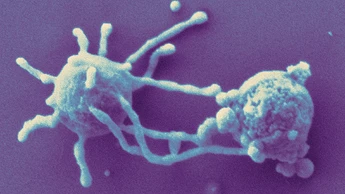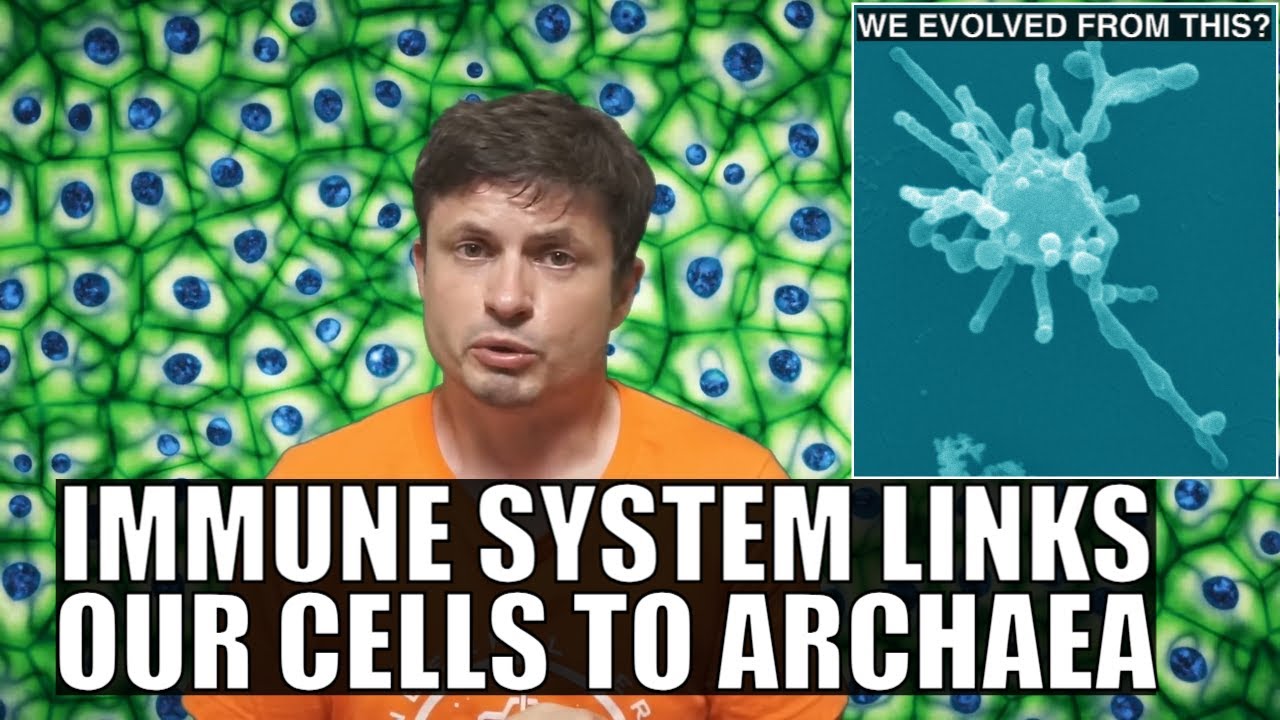.
Meet LUCA, our last known universal common ancestor…
.
The family tree…
LUCA) is the hypothesized common ancestral cell from which the three domains of life, the Bacteria, the Archaea, and the Eukaryaoriginated. The cell had a lipid bilayer; it possessed the genetic code and ribosomeswhich translated from DNA or RNA to proteins. The LUCA probably existed at latest 3.6 billion years ago, and possibly as early as 4.3 billion years ago[2] or earlier. The nature of this point or stage of divergence remains a topic of research.
All earlier forms of life preceding this divergence and all extant organisms are generally thought to share common ancestry. On the basis of a formal statistical test, this theory of a universal common ancestry (UCA) is supported versus competing multiple-ancestry hypotheses. The first universal common ancestor(FUCA) is a hypothetical non-cellular ancestor to LUCA and other now-extinct sister lineages.
Whether the genesis of viruses falls before or after the LUCA–as well as the diversity of extant viruses and their hosts–remains a subject of investigation.
While no fossil evidence of the LUCA exists, the detailed biochemical similarity of all current life (divided into the three domains) makes its existence widely accepted by biochemists. Its characteristics can be inferred from shared features of modern genomes. These genes describe a complex life form with many co-adaptedfeatures, including transcription and translation mechanisms to convert information from DNA to mRNA to proteins.
https://en.wikipedia.org/wiki/Last_universal_common_ancestor


